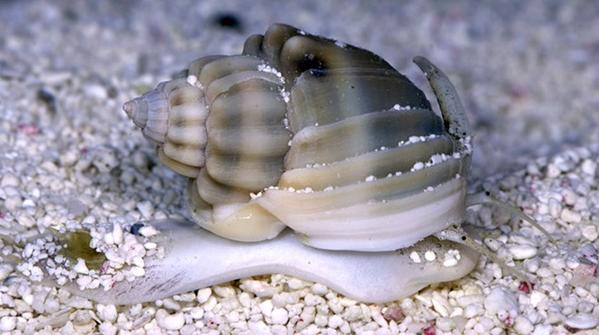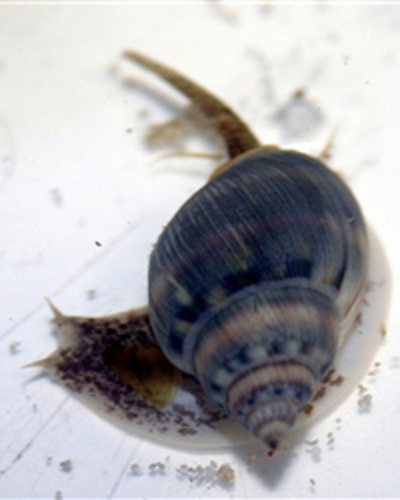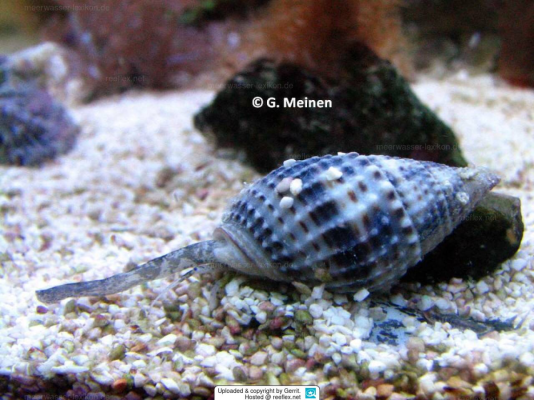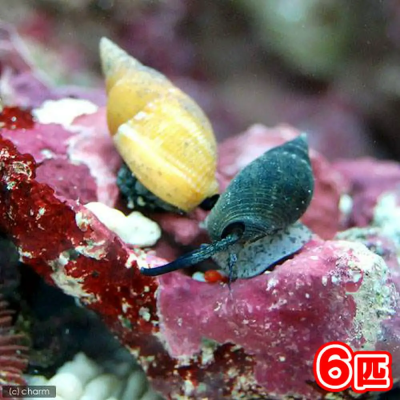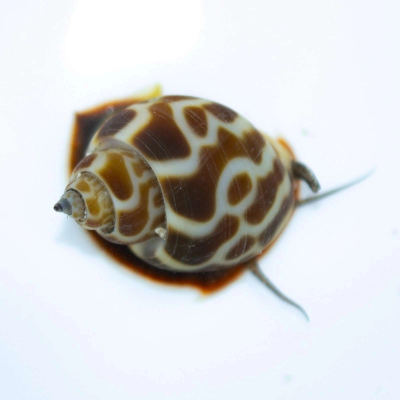kevgib67
7500 Club Member
View Badges
Hospitality Award
Midwest Reefer
Rock Pool Reef Keepers
Ohio Reefer
My Tank Thread
My Aquarium Showcase
Correct on the last question. I have never heard that about about nassarius snails but there could be different types. The ones sold for the reef hobby are reef safe. Enough food is provided by having your tank at least 3-4 months old. Fish poop is detritus and all food isn’t eaten. If your tank is particularly clean and free of algae, you can supplement your conch with nori or sinking algae waifers.Interesting! I'm reading mixed things about Nassarius about some of them being toxic/hunting other fish and other places saying neither of those things?
Also, how do you know if there's not enough food and how to supplement?
So conches for algae and Nassarius to help with other stuff such as left over food/detritus etc.?







